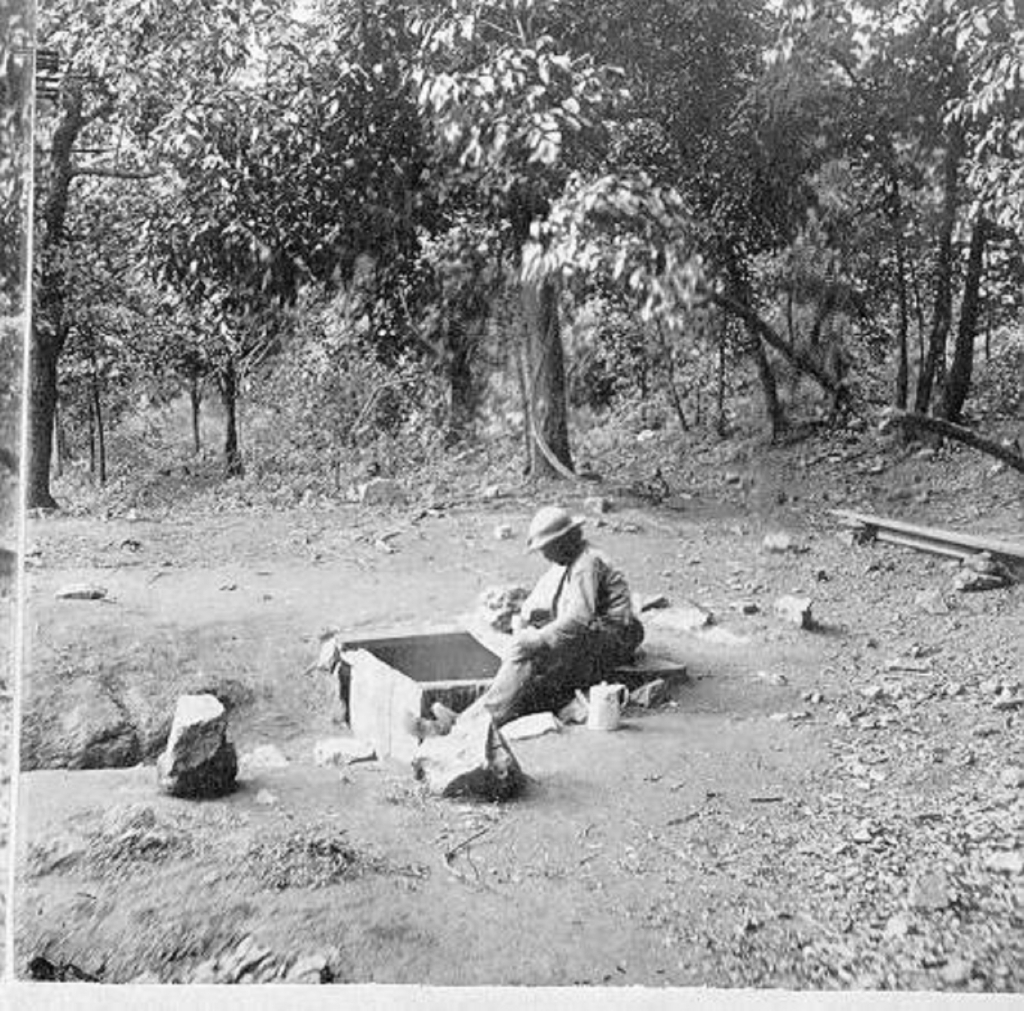
In the nineteenth century, Egg Spring impressed visitors with the power of the hot water.
Egg Spring is the northern-most spring located in the uppermost group of hot springs. Today, the hillside is a grass clearing, but the more natural covering would have been a mix of trees, springs, and tufa outcrops.
Egg Spring was historically one of the hottest springs in the park, suggesting that its geological structure has limited contact with cooler surface level water. One observer even reported a water temperature over 150 degrees. Its 1901 temperature was 143 degrees and flow 20 gal/minute.
In the nineteenth century, many visitors described the water by mentioning activities performed at home—including boiling tea and scalding hogs. Egg Spring earned its name because it could supposedly boil an egg the quickest, about 15 minutes.
Water from the Egg Spring was transported via pipes to the Rockafellow Bathhouse, about half a mile to the north. The water was so hot that it had to be mixed with cooler water before it could be used.
In the 1880s, the federal government chose the location of Egg Spring as a reservoir from which to distribute thermal water to the various bathhouses by gravity. This reservoir location was later abandoned as the spring began to sink.
By 1901, Egg Spring was covered by soil and grass, and no water was flowing at the surface
Egg Spring is the northern-most spring located in the uppermost group of hot springs. Today, the hillside is a grass clearing, but the more natural covering would have been a mix of trees, springs, and tufa outcrops.
Egg Spring was historically one of the hottest springs in the park, suggesting that its geological structure has limited contact with cooler surface level water. One observer even reported a water temperature over 150 degrees. Its 1901 temperature was 143 degrees and flow 20 gal/minute.
In the nineteenth century, many visitors described the water by mentioning activities performed at home—including boiling tea and scalding hogs. Egg Spring earned its name because it could supposedly boil an egg the quickest, about 15 minutes.
Water from the Egg Spring was transported via pipes to the Rockafellow Bathhouse, about half a mile to the north. The water was so hot that it had to be mixed with cooler water before it could be used.
In the 1880s, the federal government chose the location of Egg Spring as a reservoir from which to distribute thermal water to the various bathhouses by gravity. This reservoir location was later abandoned as the spring began to sink.
By 1901, Egg Spring was covered by soil and grass, and no water was flowing at the surface
Is there something we missed for this itinerary?
Itineraries across USA
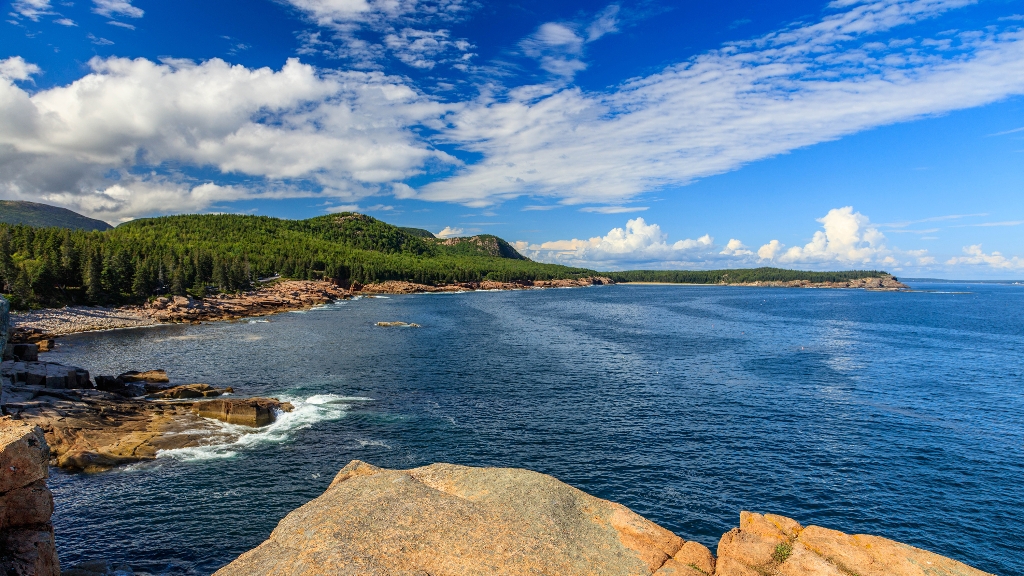
Acadia
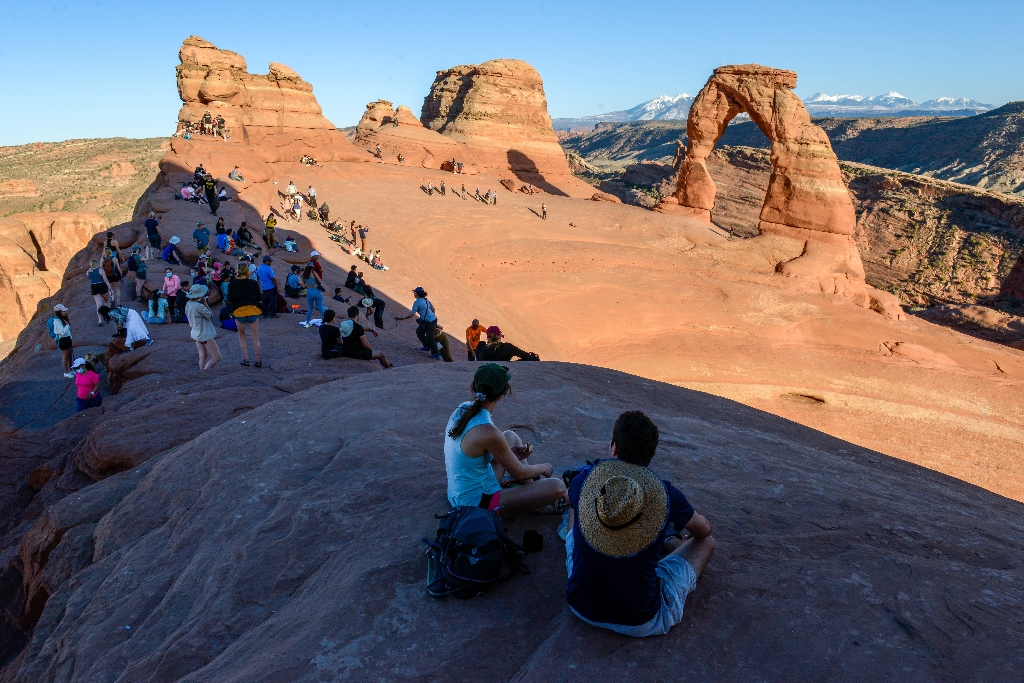
Arches National Park

Badlands
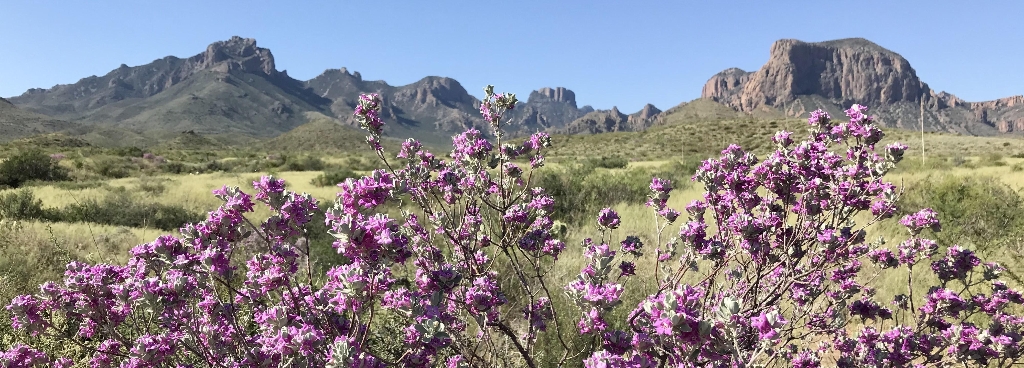
Big Bend
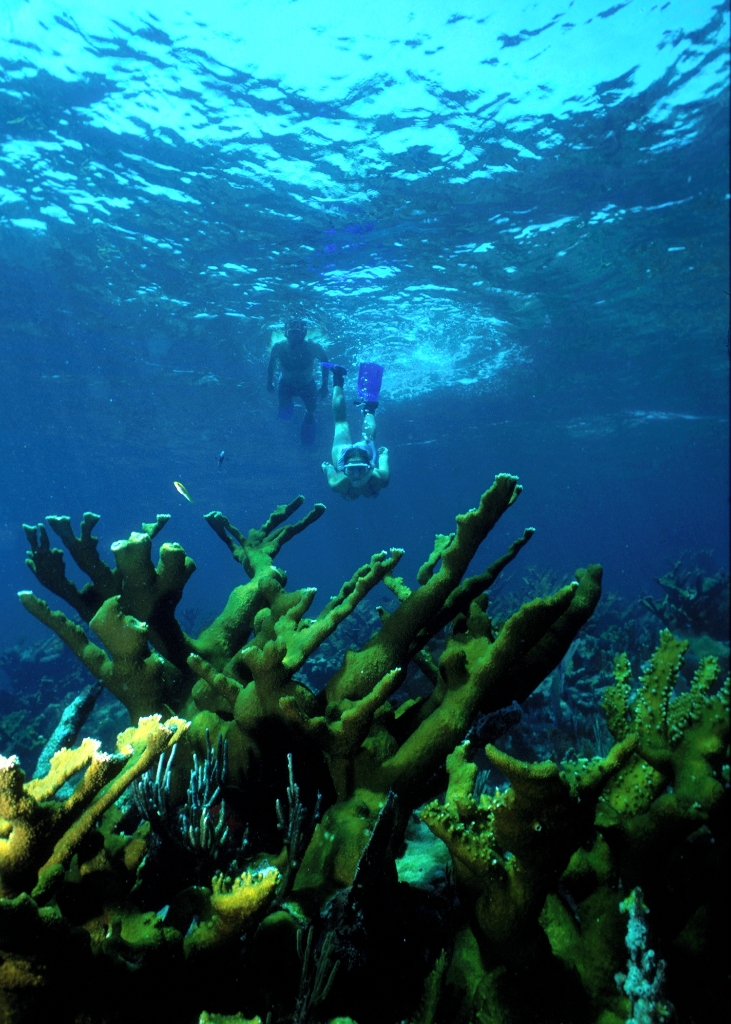
Biscayne

Black Canyon Of The Gunnison
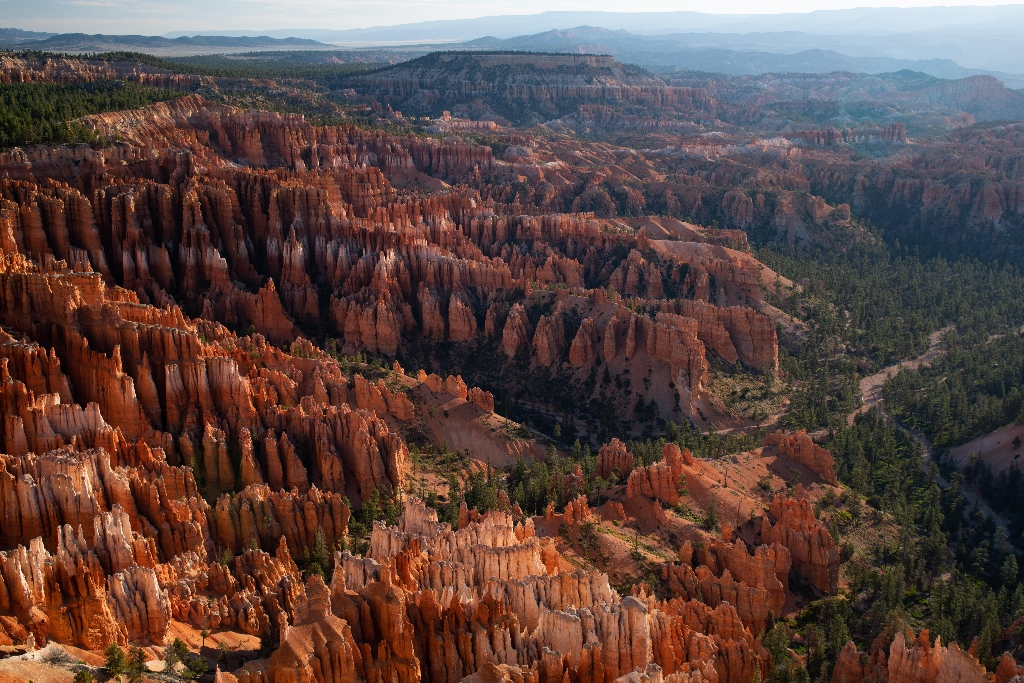
Bryce Canyon
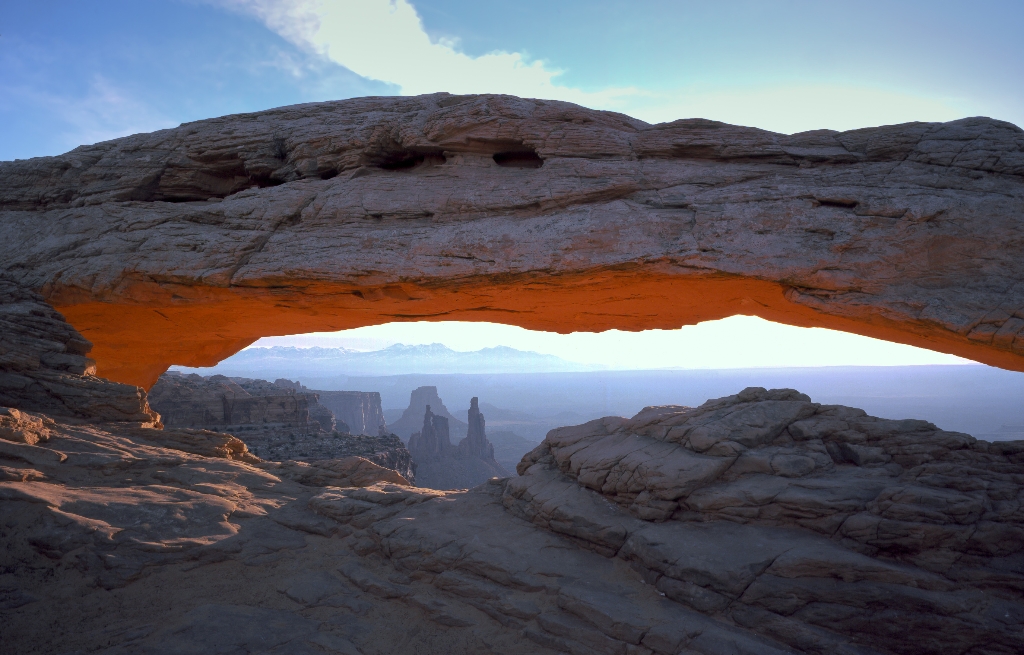
Canyonlands
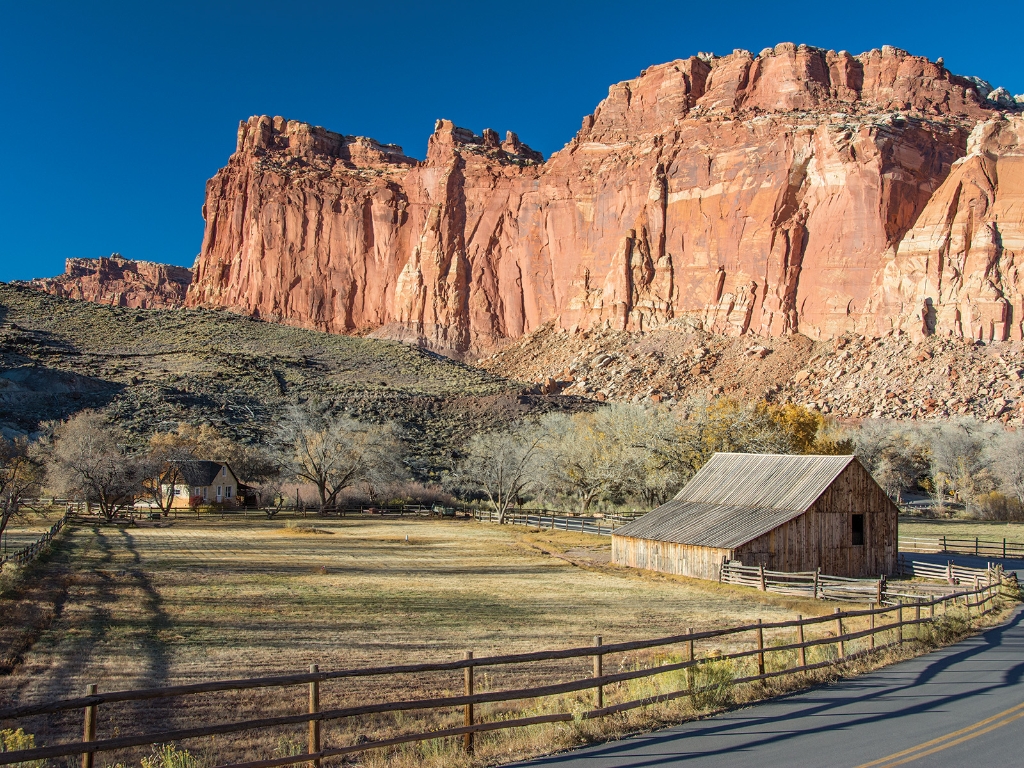
Capitol Reef
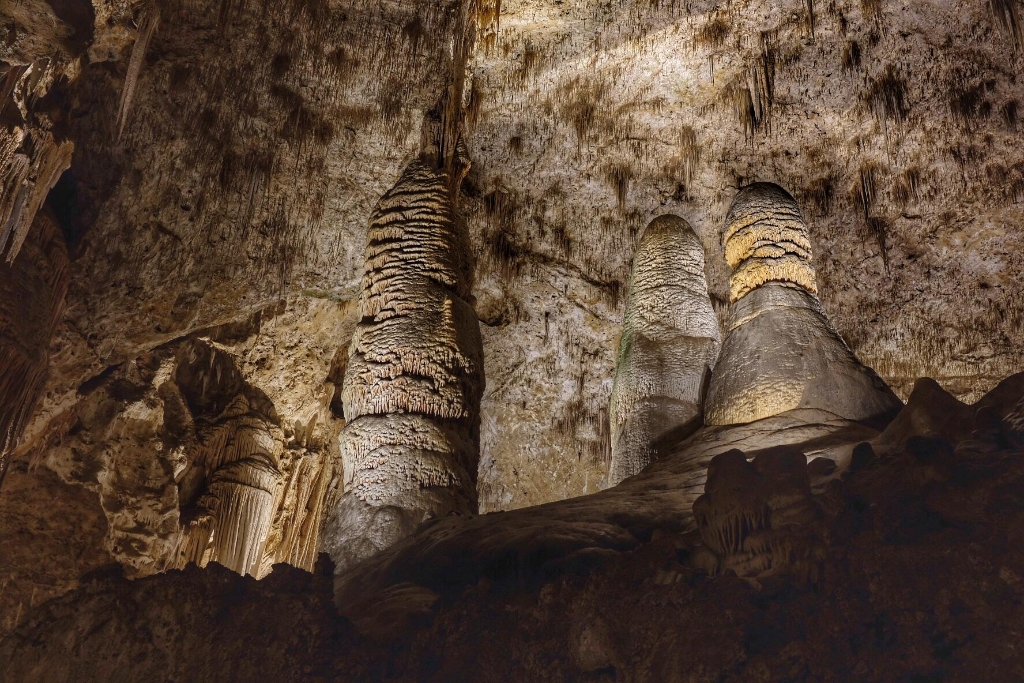
Carlsbad Caverns
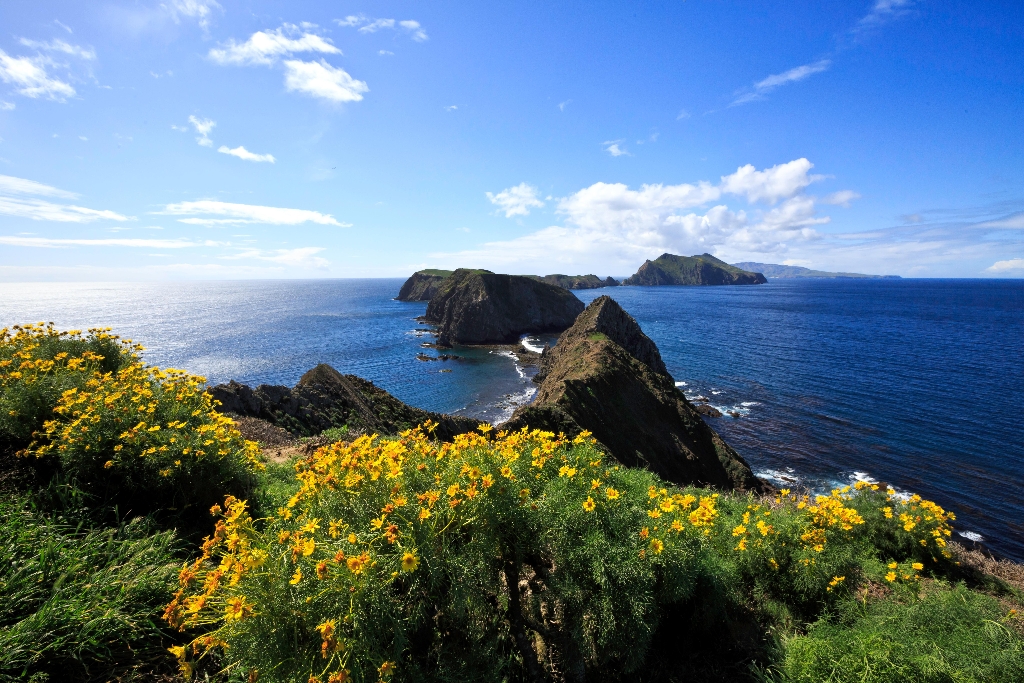
Channel Islands
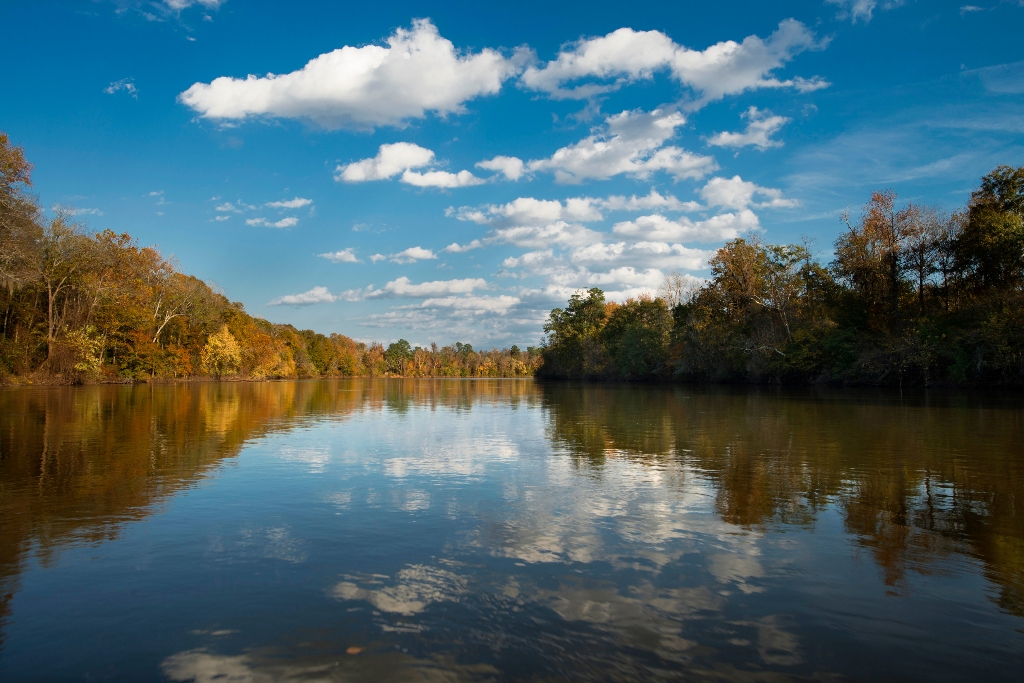
Congaree
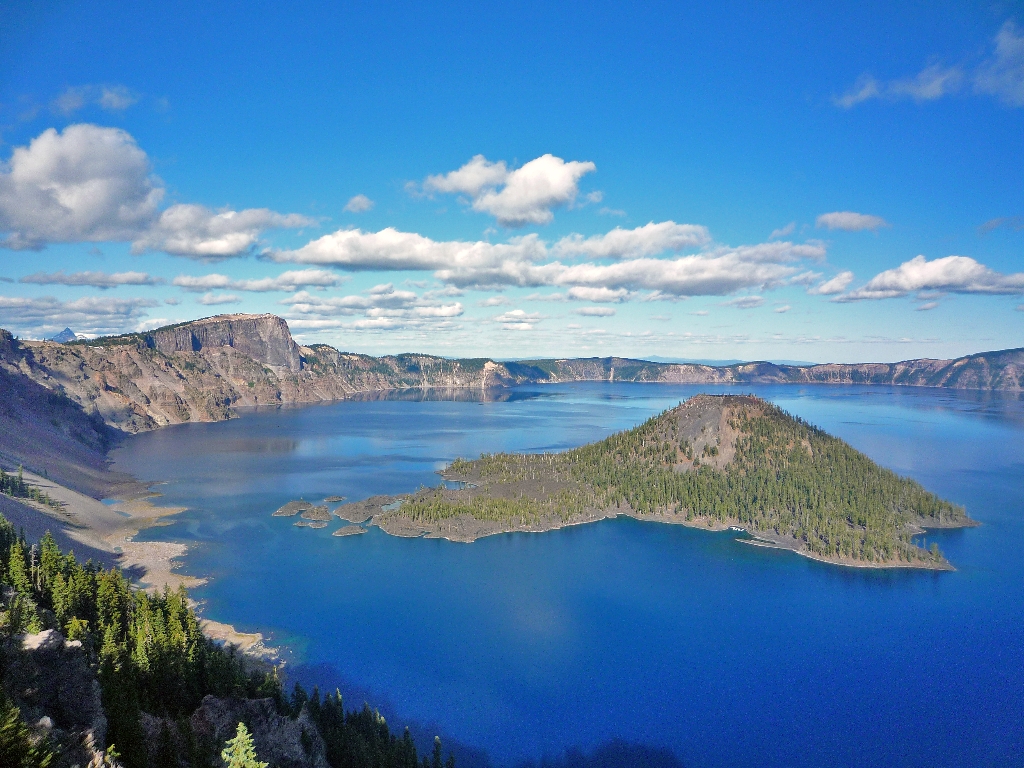
Crater Lake
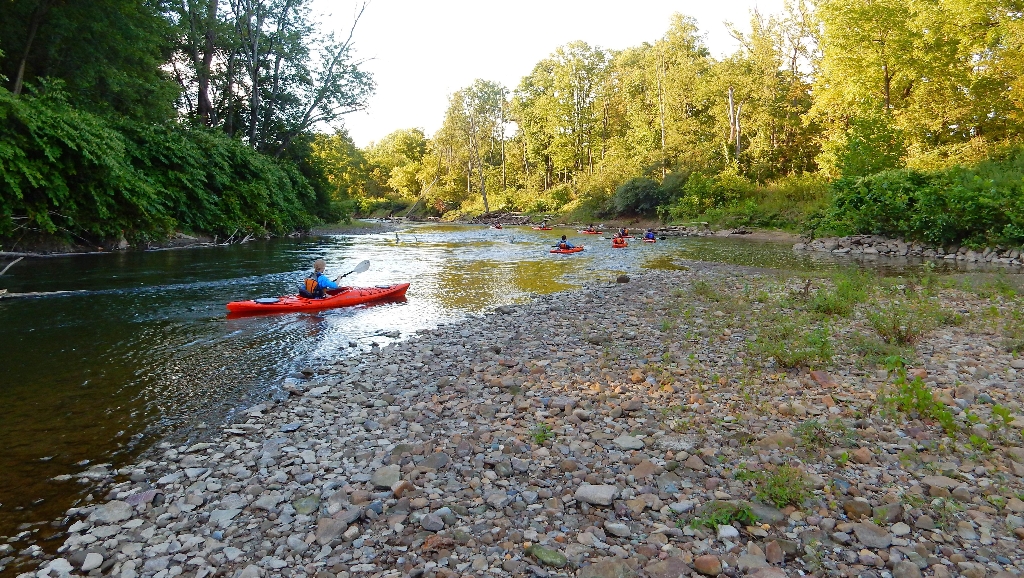
Cuyahoga Valley

Death Valley
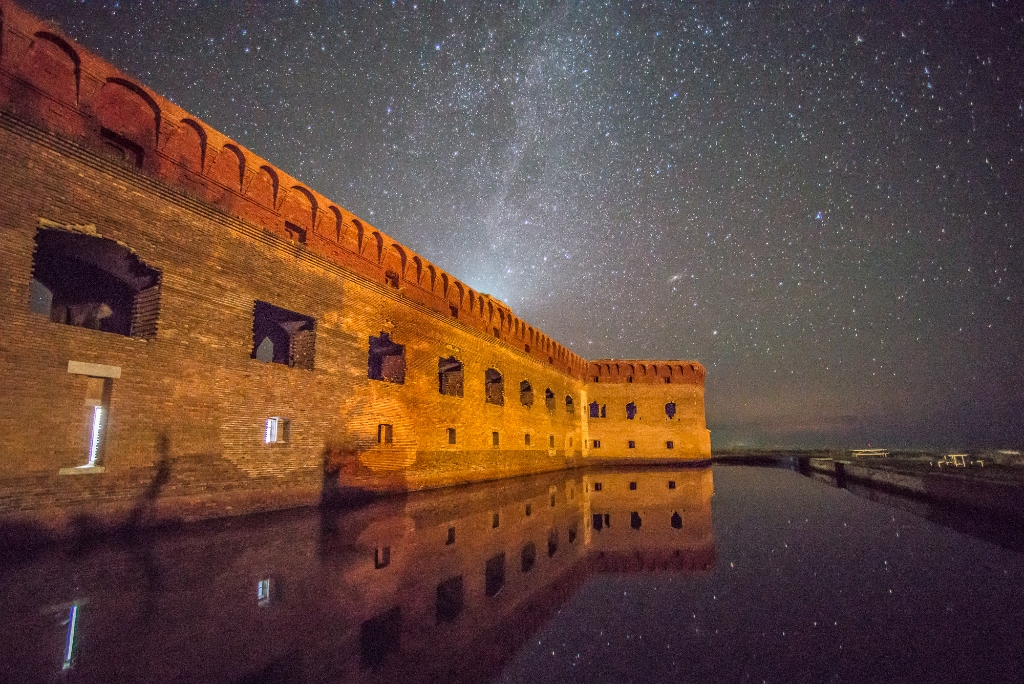
Dry Tortugas
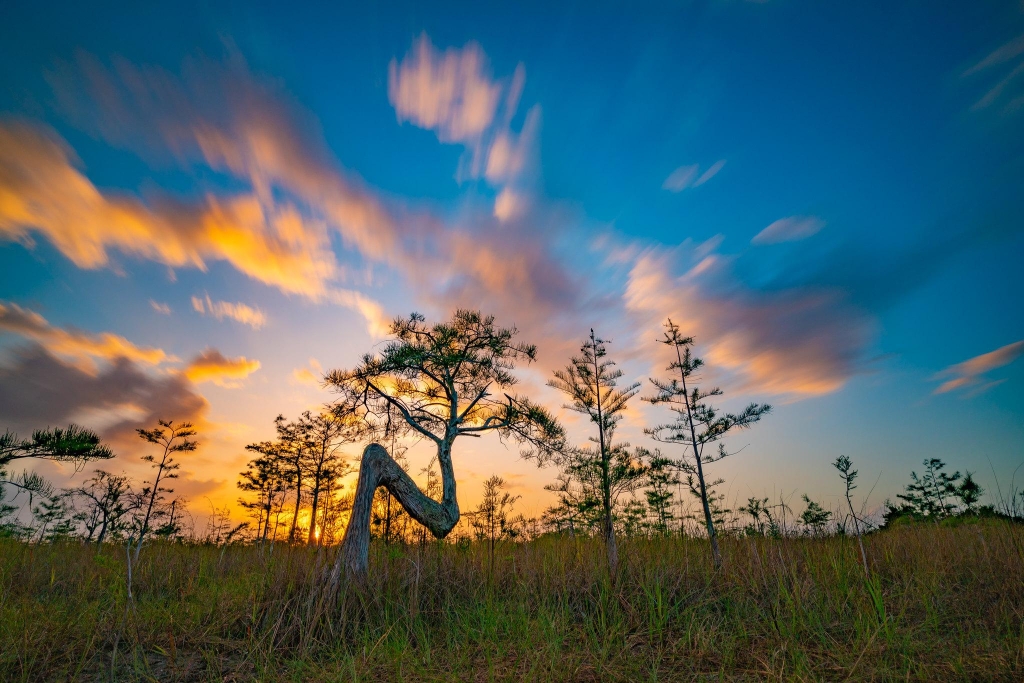
Everglades

Gateway Arch

Glacier
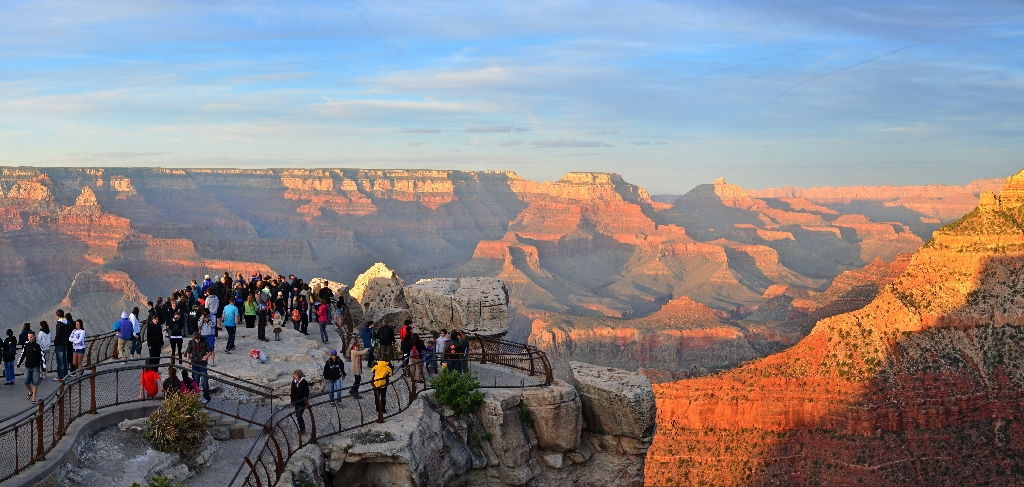
Grand Canyon

Grand Teton
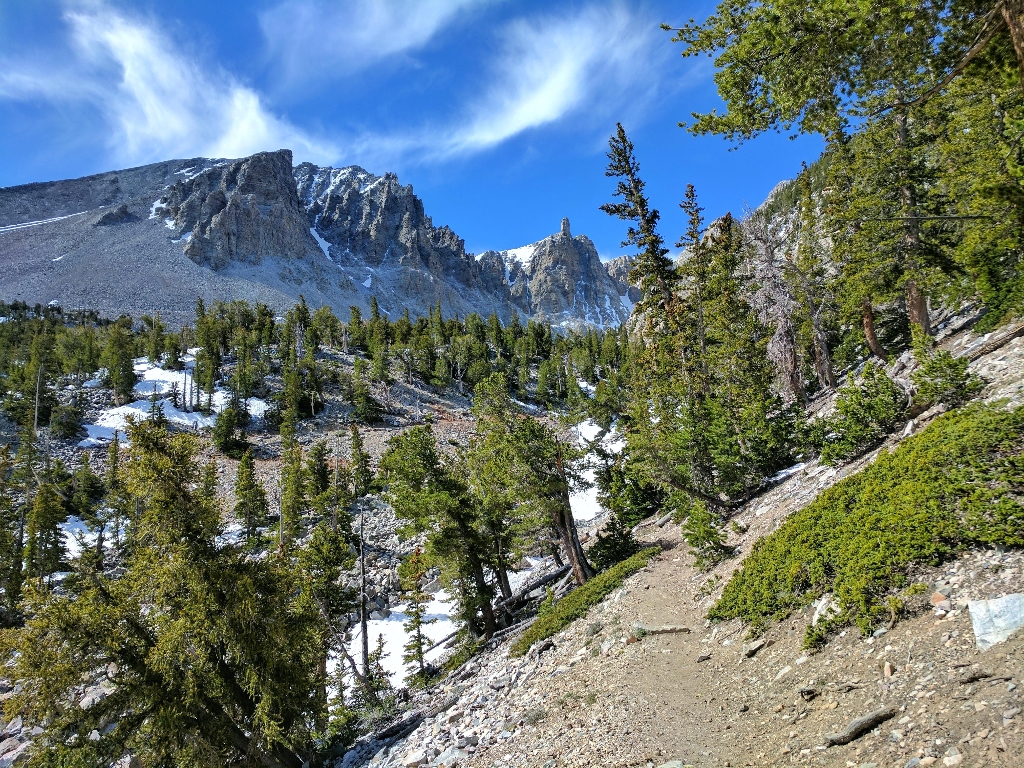
Great Basin
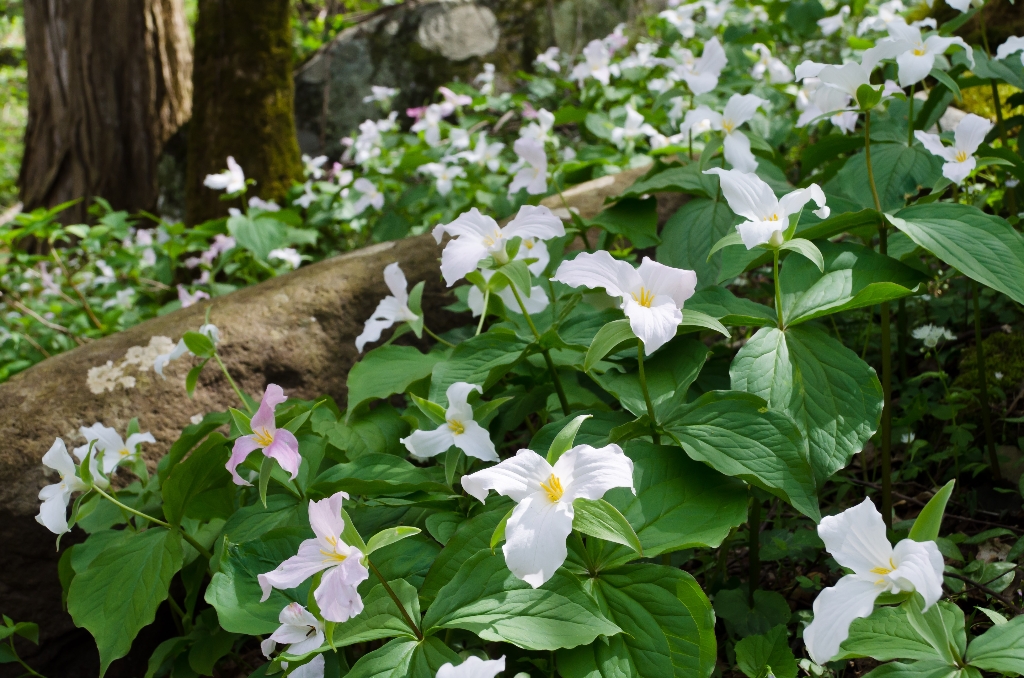
Great Smoky Mountains
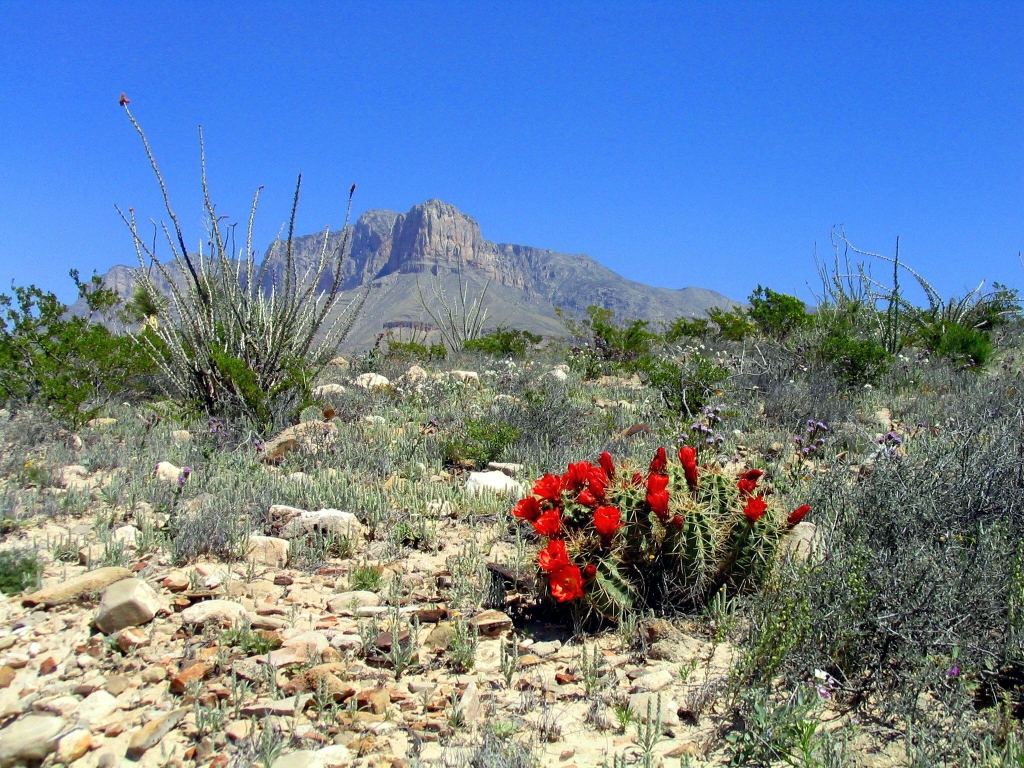
Guadalupe Mountains

Haleakalā
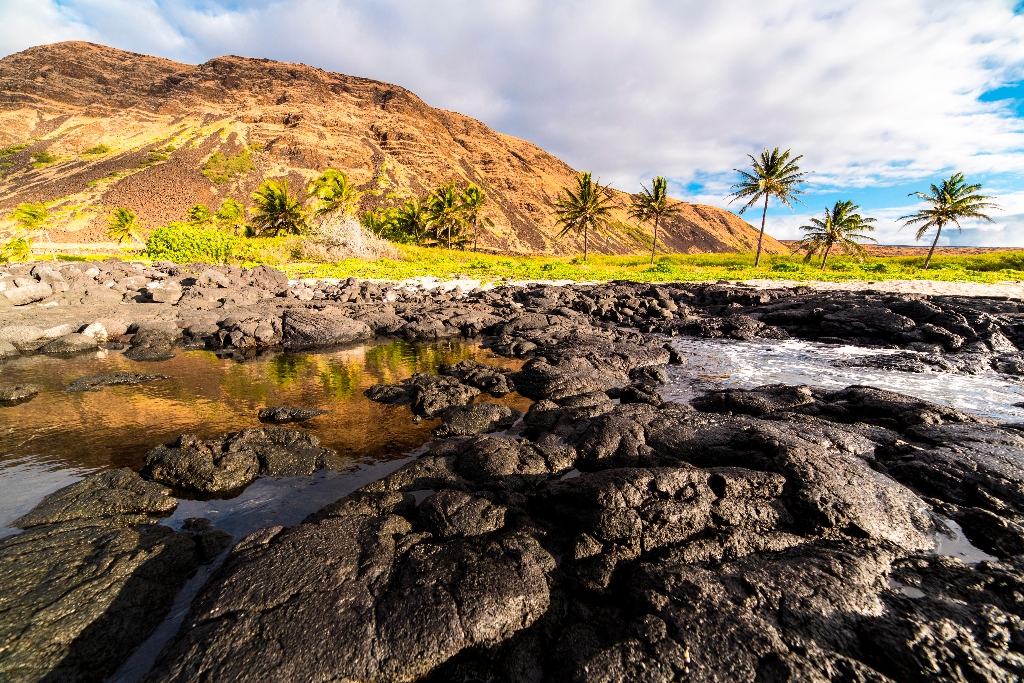
Hawaiʻi Volcanoes
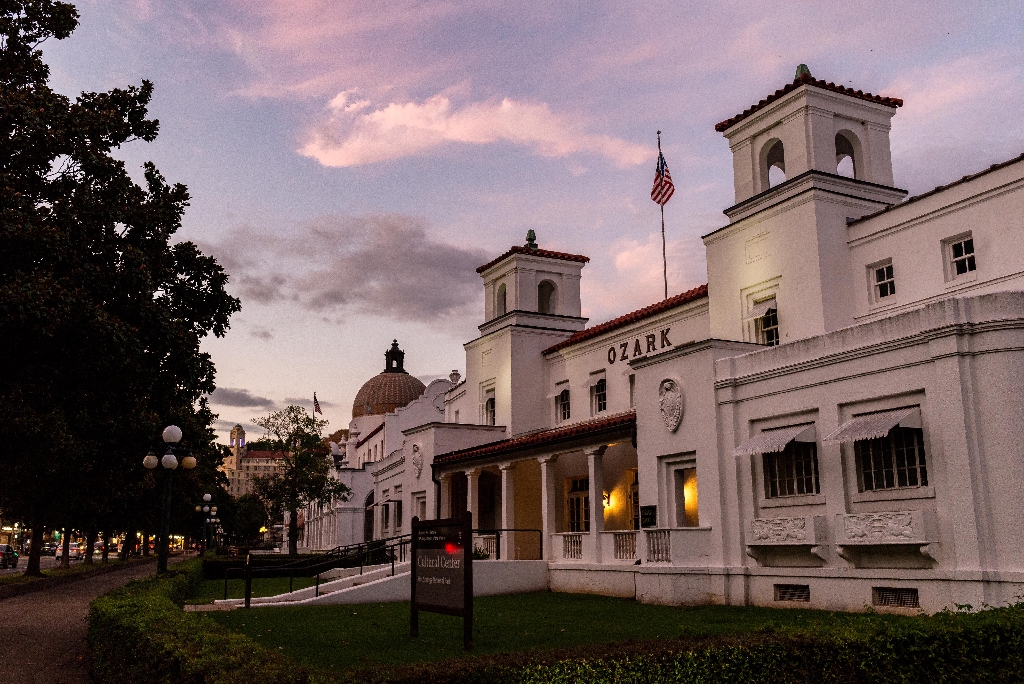
Hot Springs
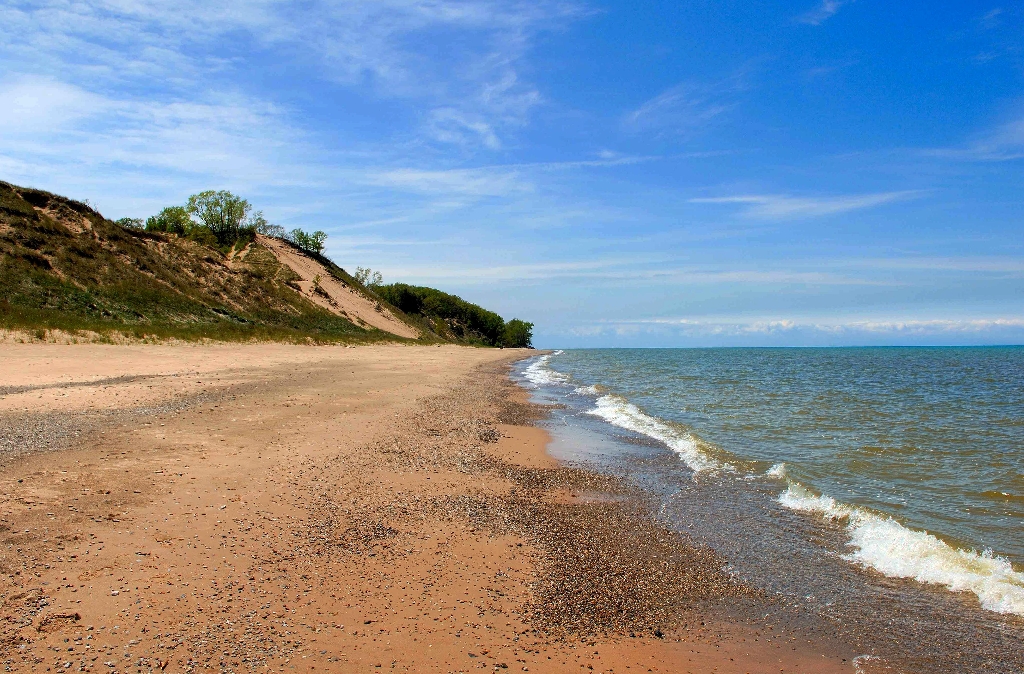
Indiana Dunes
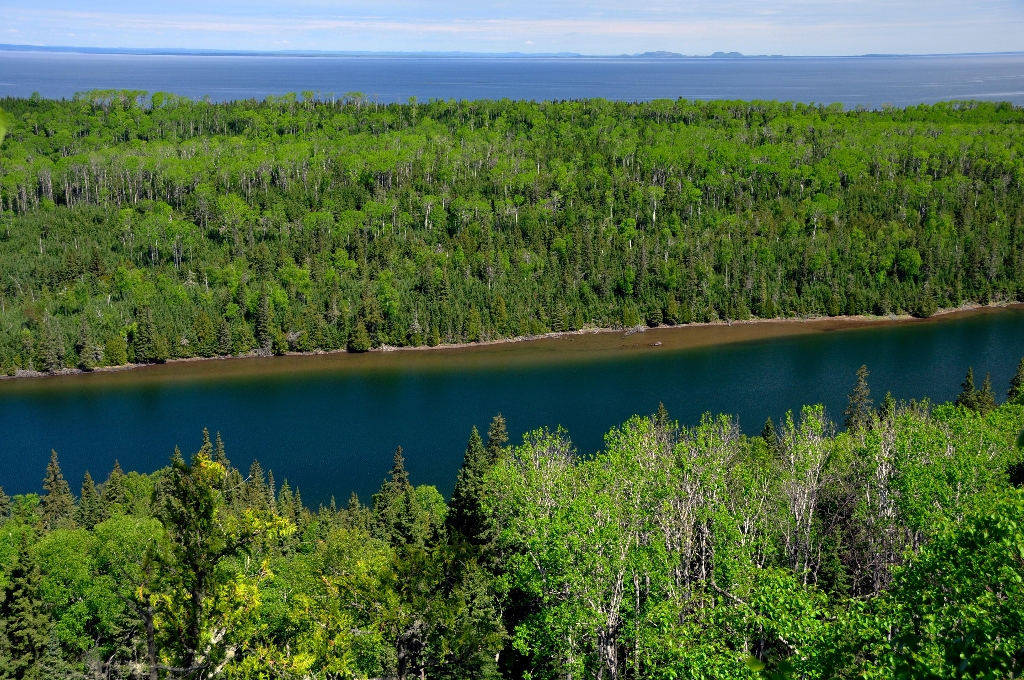
Isle Royale
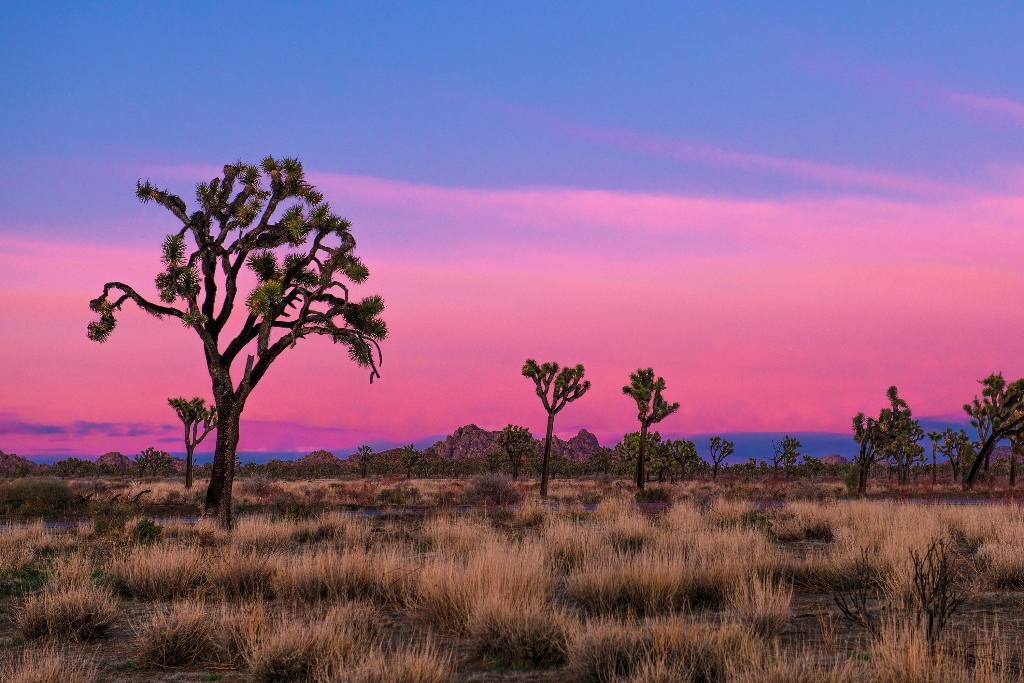
Joshua Tree

Kenai Fjords

Kobuk Valley
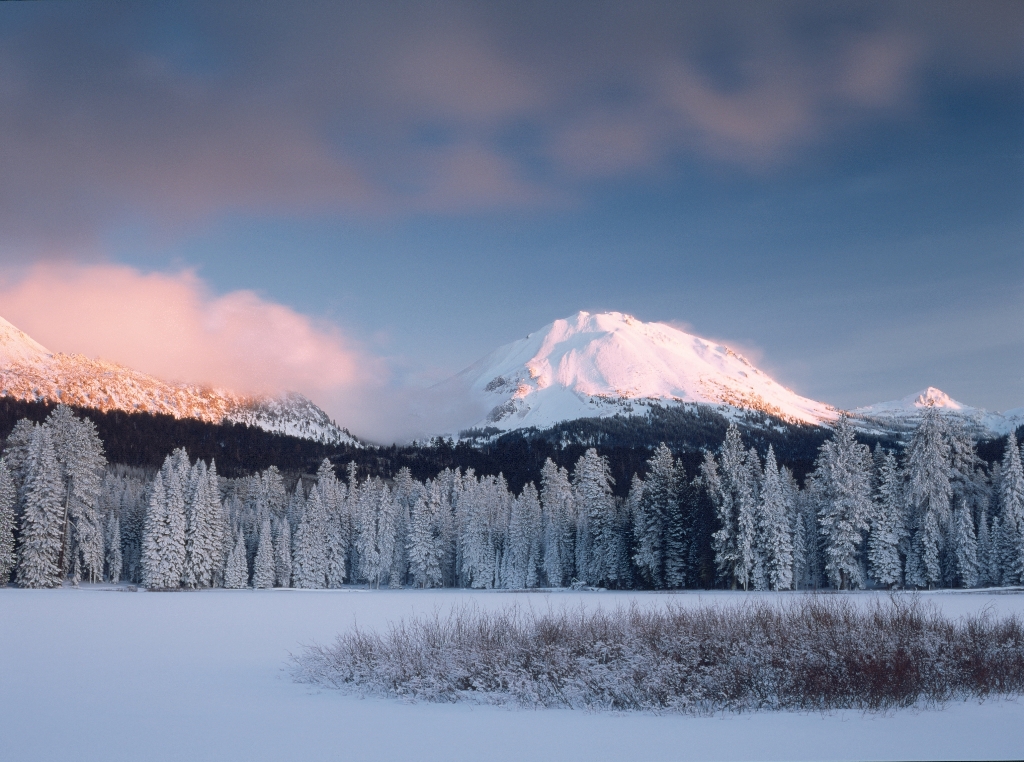
Lassen Volcanic
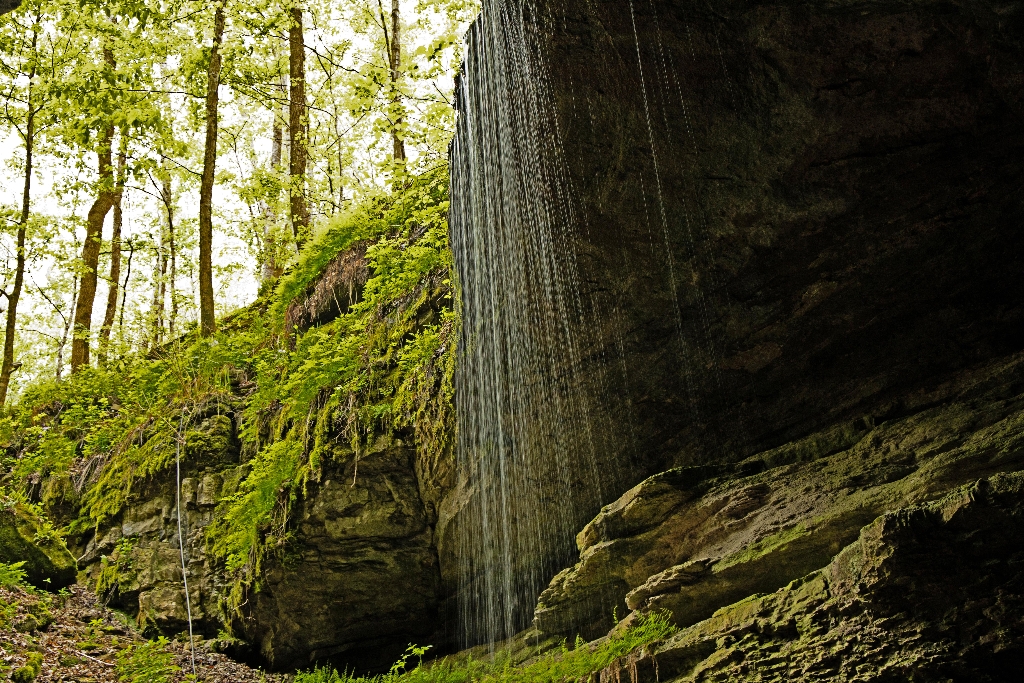
Mammoth Cave
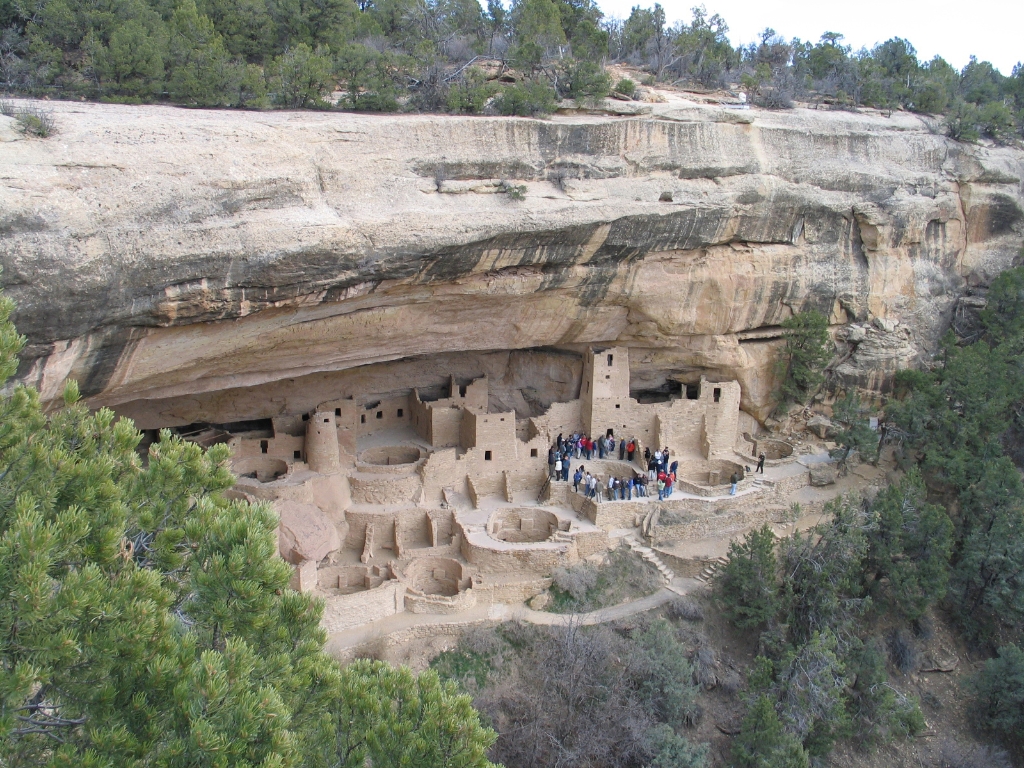
Mesa Verde
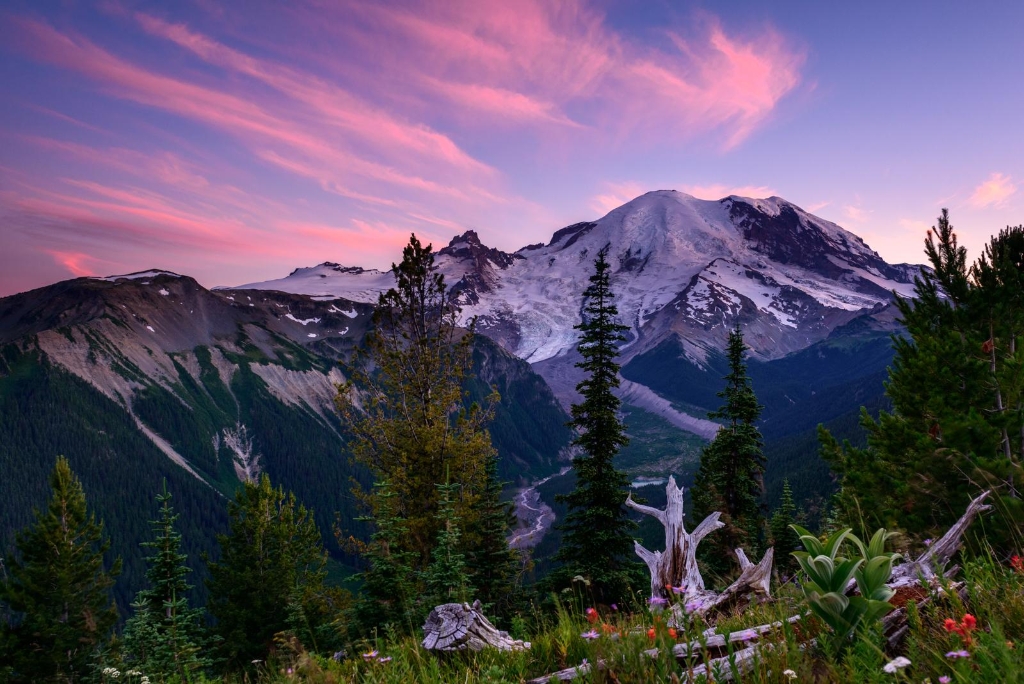
Mount Rainier
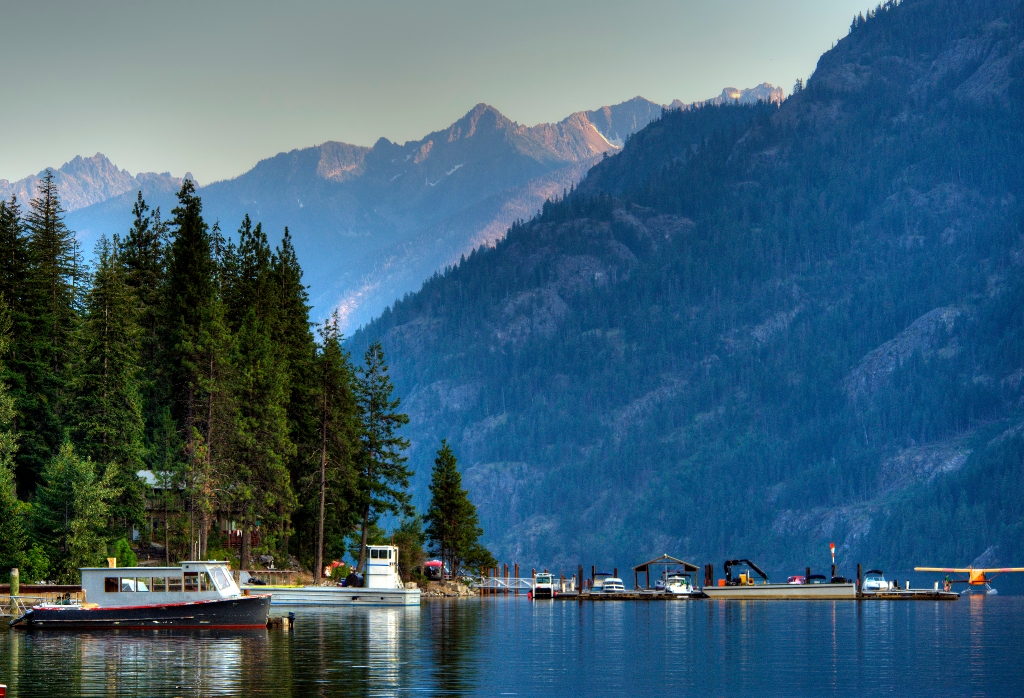
North Cascades

Olympic
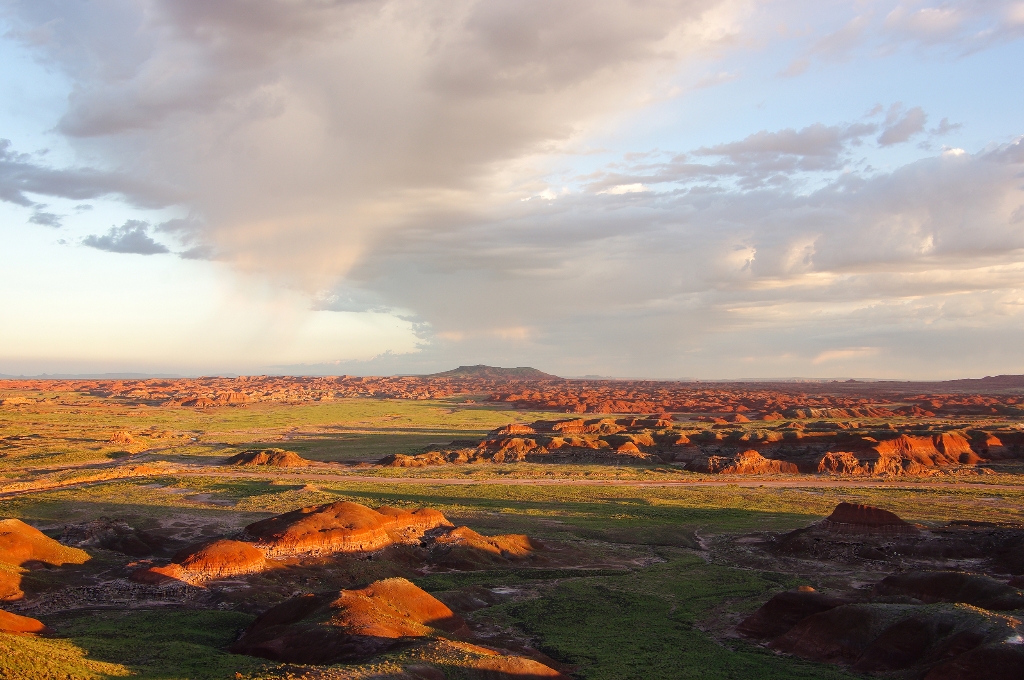
Petrified Forest
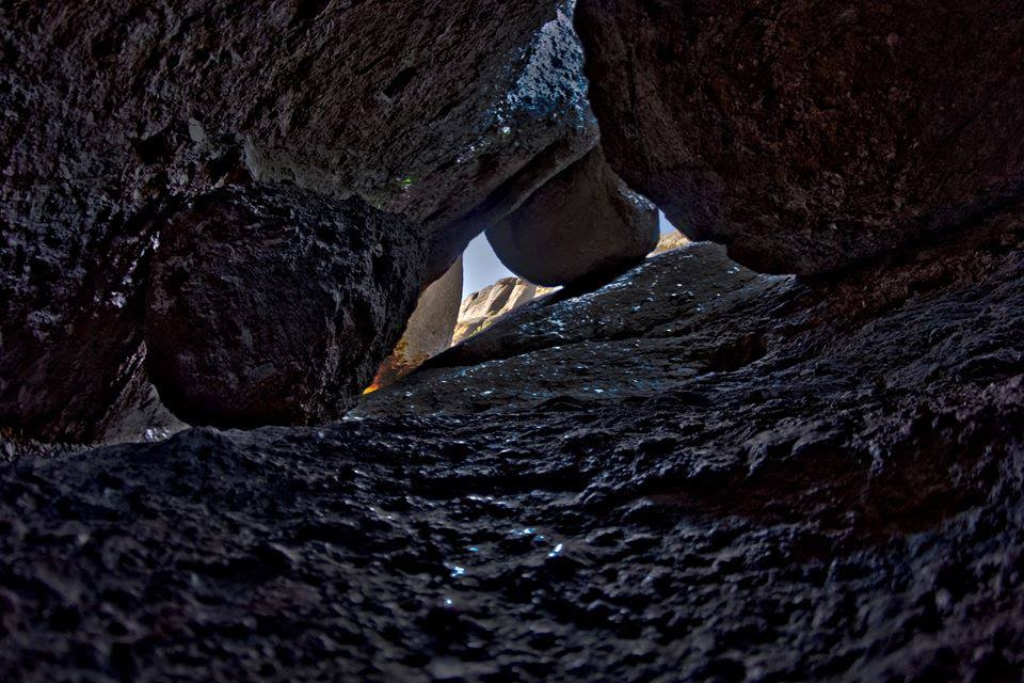
Pinnacles
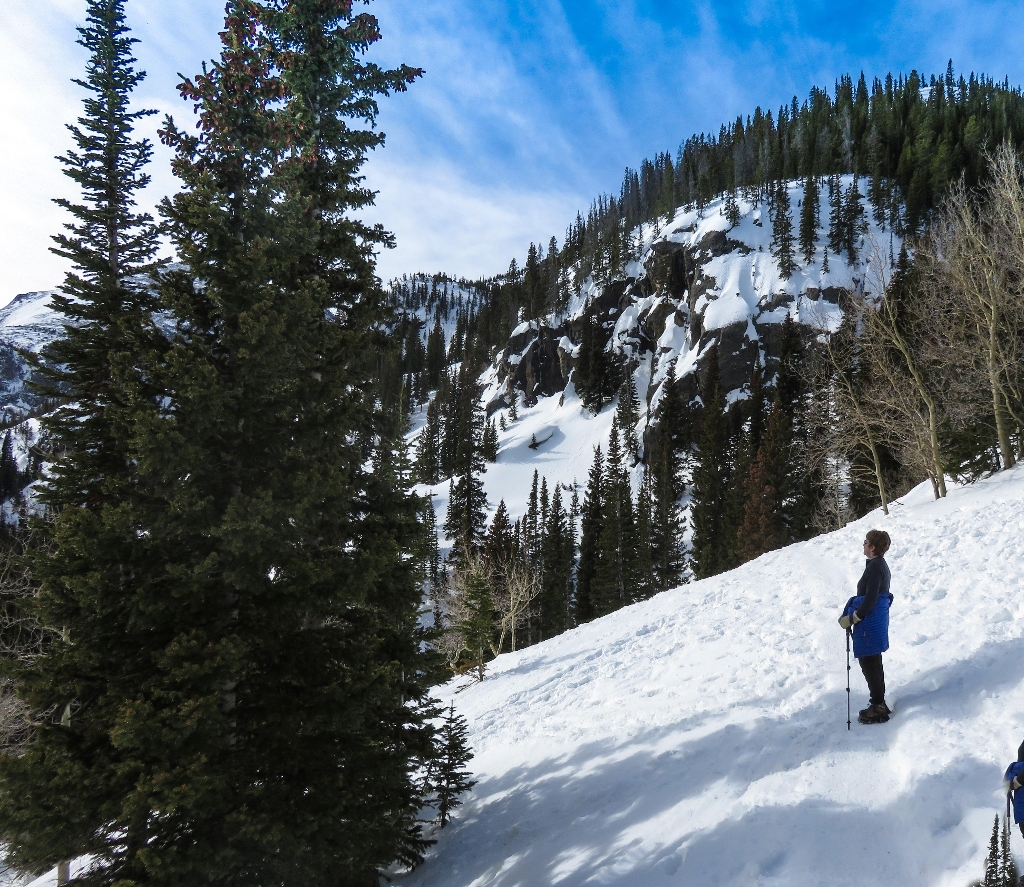
Rocky Mountain
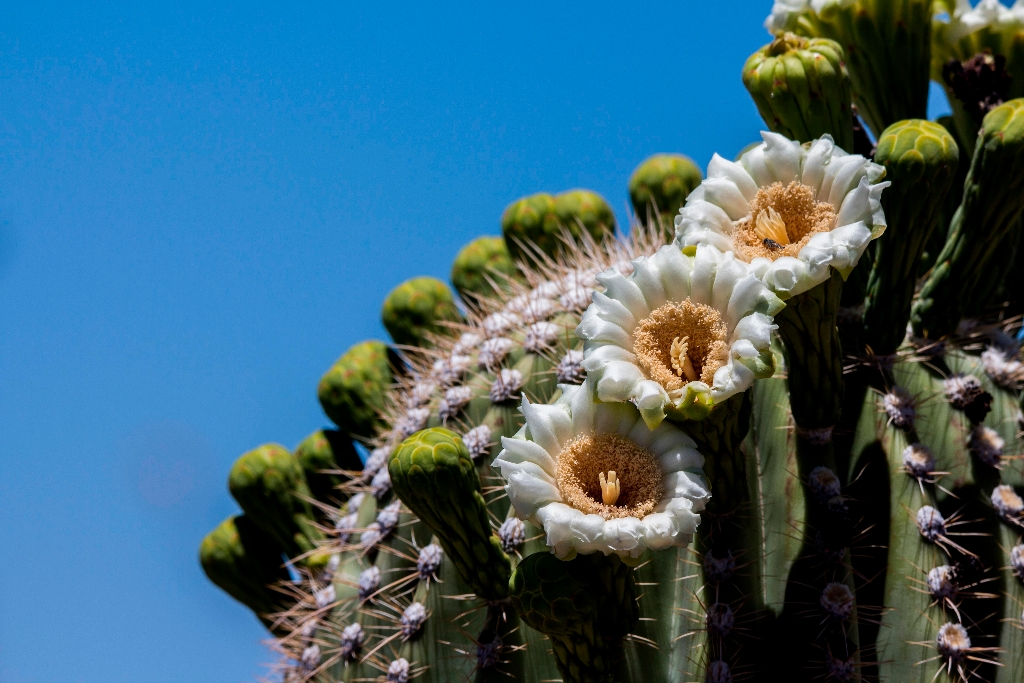
Saguaro
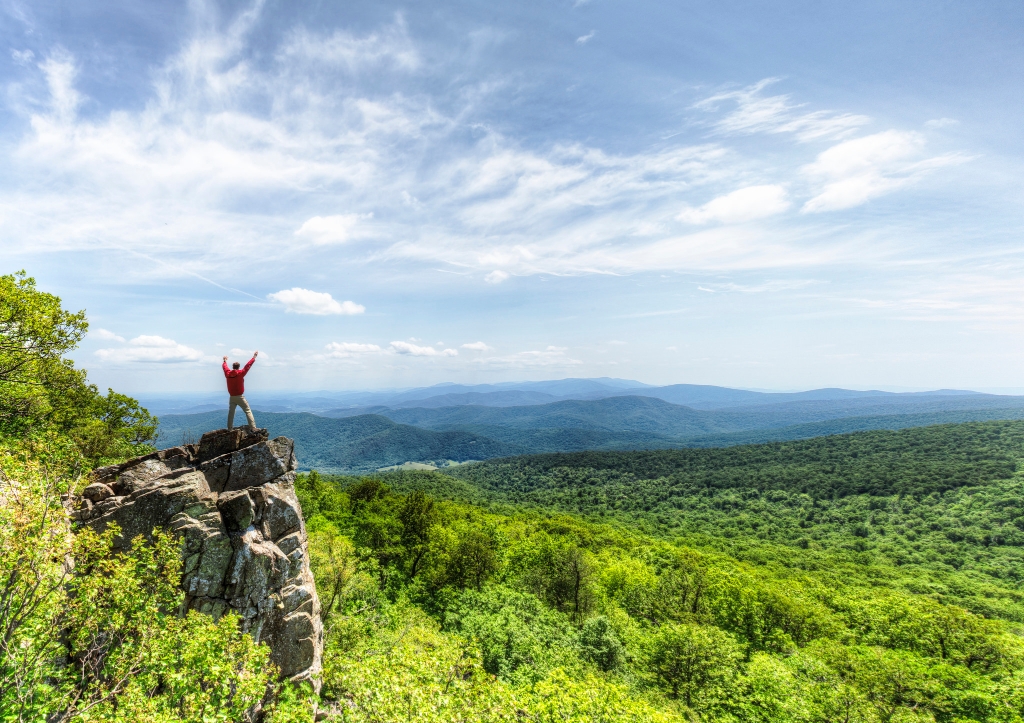
Shenandoah
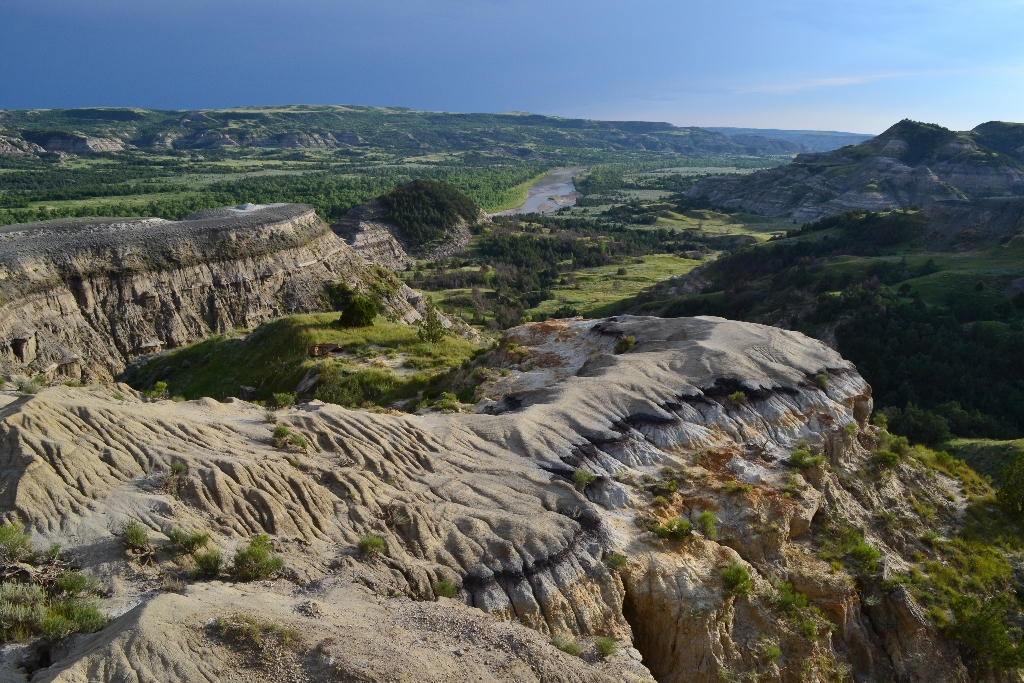
Theodore Roosevelt
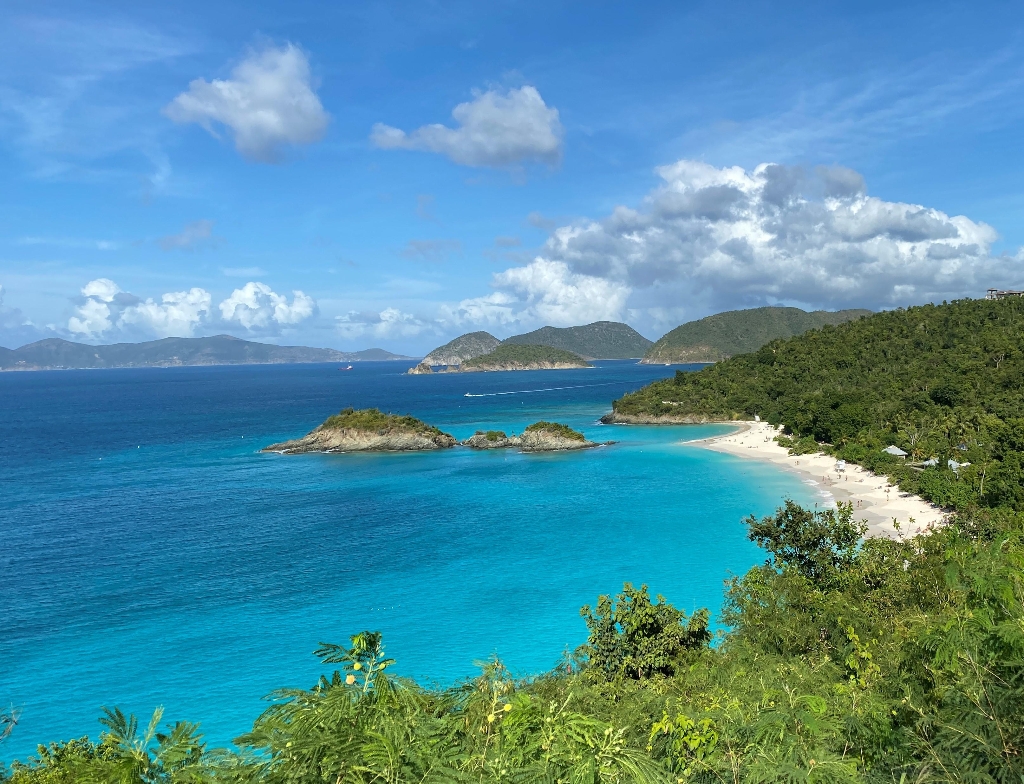
Virgin Islands
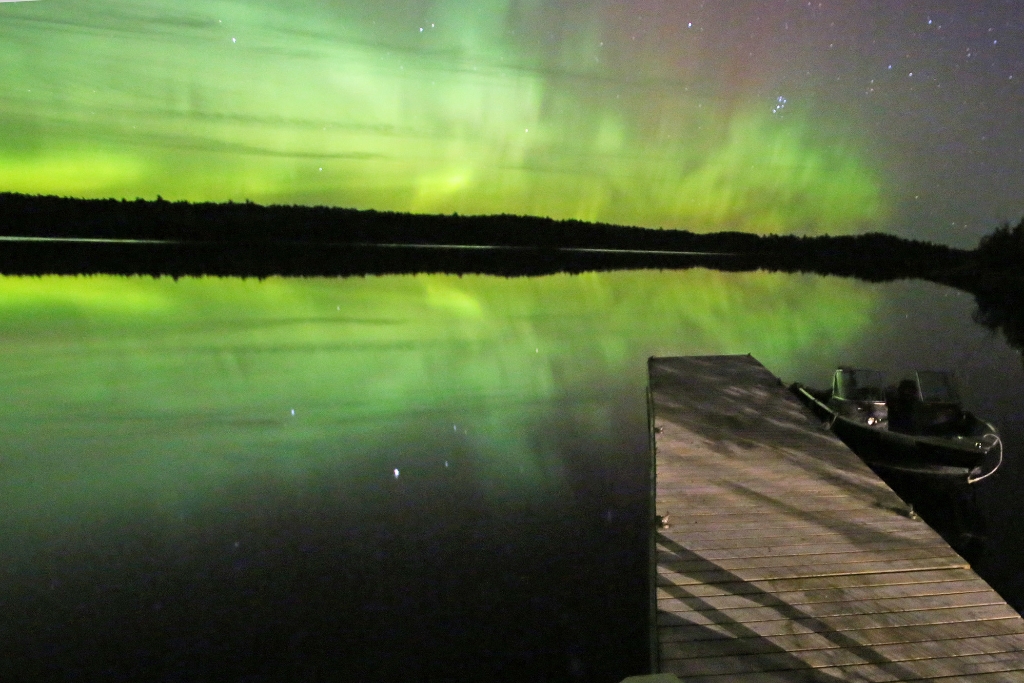
Voyageurs
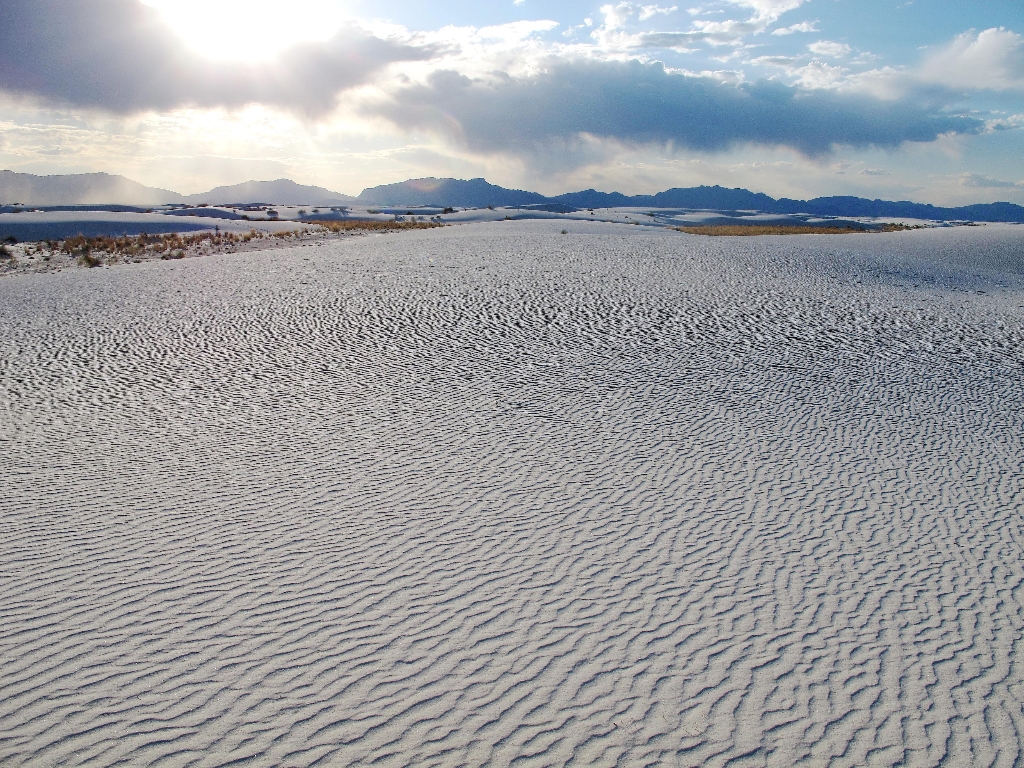
White Sands
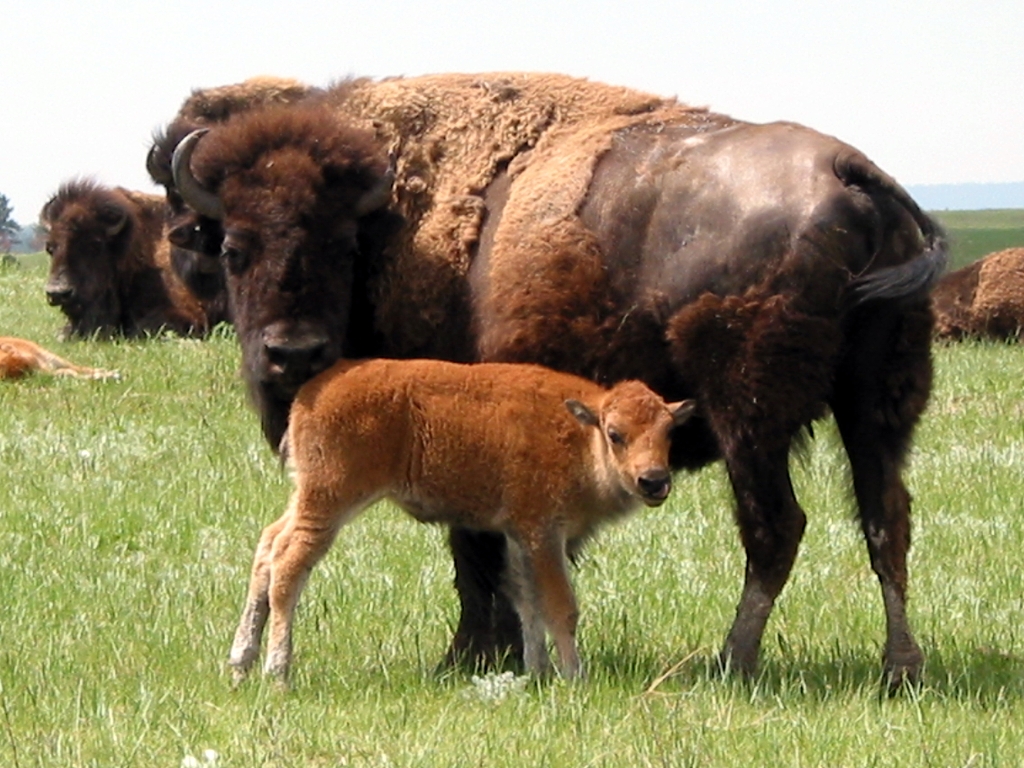
Wind Cave
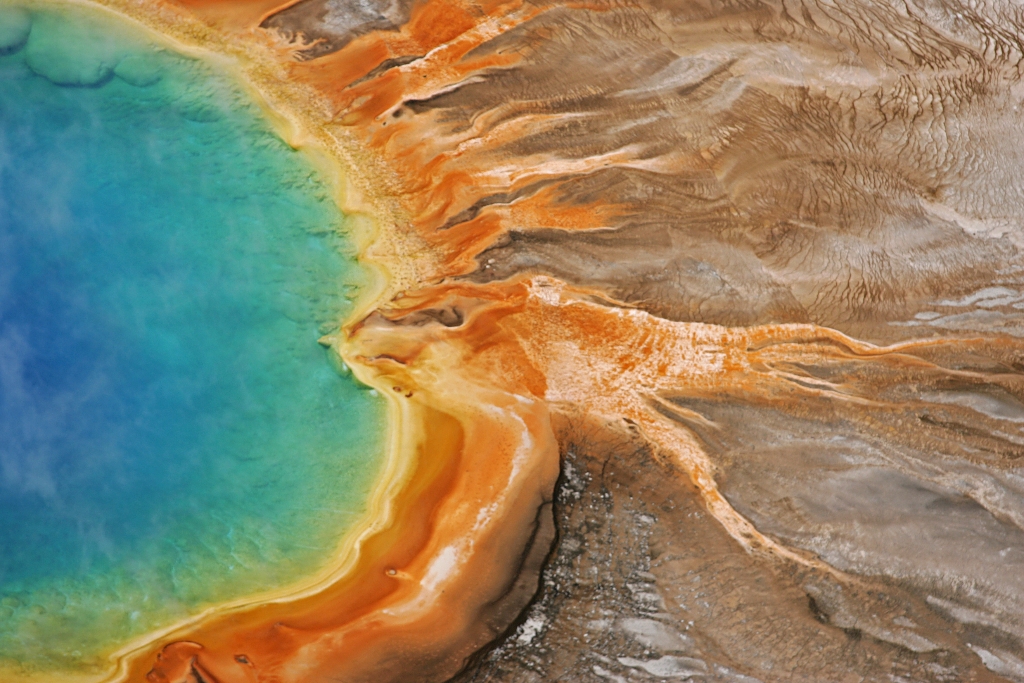
Yellowstone
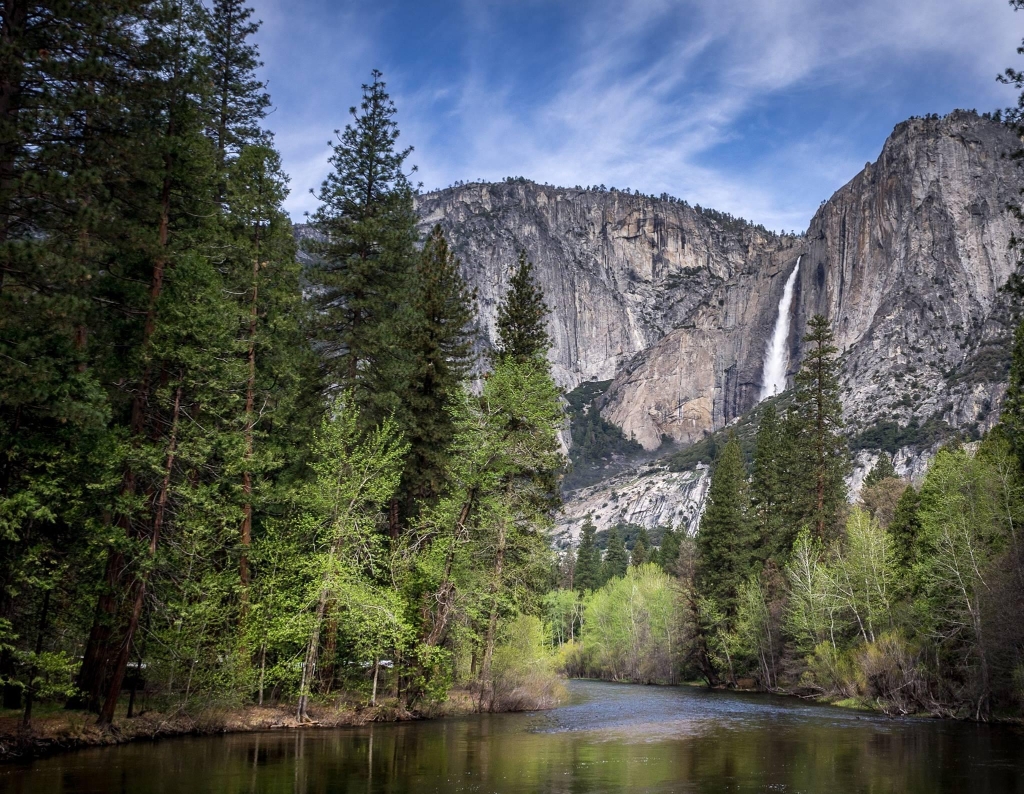
Yosemite

Zion